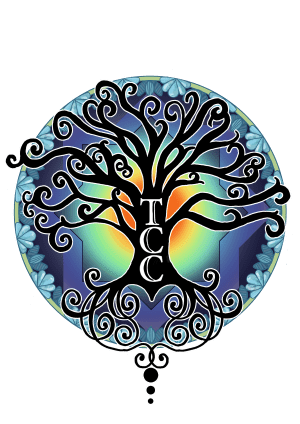Play and Creative Arts Therapy

Play and Creative Arts Therapy is a form of psychotherapy, which, unlike many other types of counselling and psychotherapy, doesn’t rely upon speech as a way of exploring thoughts and feelings. Instead, a toolkit of creative materials is used (alongside speech) to communicate these ideas.
Communicating in this way makes Play and Creative Arts Therapy particularly suitable for children as they naturally communicate and make sense of their world and experiences through play. Play and Creative Arts Therapy can also be used by adolescents and adults who may find talking therapy more difficult.
There are many reasons why words are sometimes not enough to explain the thoughts and feelings we have inside. It may be that:
We don’t have the vocabulary to describe the feeling
Words don’t do it justice
We’ve used words but people still aren’t hearing us
It’s too painful to put into words
Speaking makes it feel too real and we’re not ready to face it yet
How Play and Creative Arts Therapy works:
It is often easier for children and young people to explore their thoughts and feelings through play and creative materials, making sense of what they are feeling, and ‘showing’ it to the adult, especially when they might not have the words to describe it. Play and Creative Arts Therapy provides a confidential space in which to explore these feelings and emotions, with a therapist trained to attune to the young person’s feelings.
Play and creativity enables a young person to connect with their inner self and explore their thoughts and feelings without having to put names to them, whilst also disconnecting from what was said or played out. This allows them to explore feelings and actions that they think could cause them distress, and test out new ideas without claiming them as their own.
Play and creative activities also connect us with our unconscious mind, those memories that we have hidden away and struggle to recall. During play, we can connect with these hidden memories and bring them out into the conscious world easier than if we had to sit and talk about them. It may be that situations (and consequently behaviours) which don’t appear to have a trigger, are actually linked together, somewhere in the unconscious. Play and Creative Arts Therapy may be able to help an individual find these connections and understand why certain things cause an emotional overload.
As trust grows within the developing therapeutic relationship between the therapist and client, the more likely it is that deeper thoughts and feelings are explored. Some children and young people will be able to find their own path within this client-led, safe and consistent environment, whilst others may need the play therapist to provide a little more direction, gently challenging their thought processes or helping to bring unconscious thoughts and feelings into the conscious mind. Through this process, healing can take place, allowing children and young people to bring about change, particularly in relation to how they see themselves, the world, and others.
